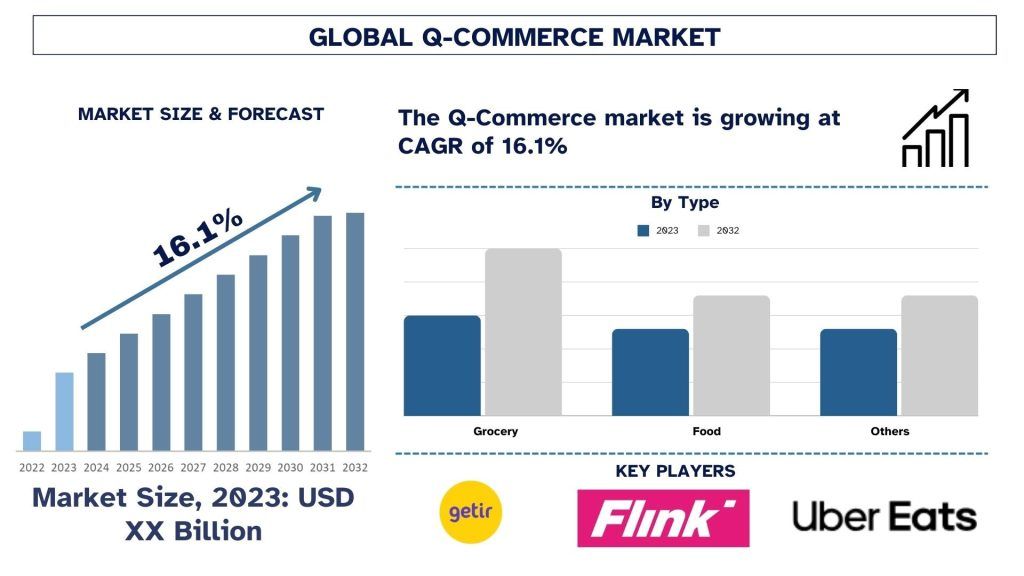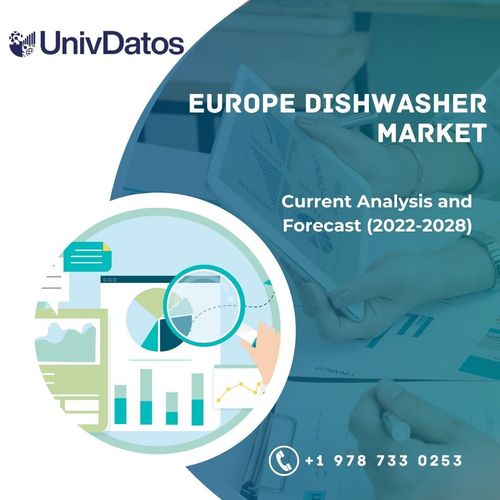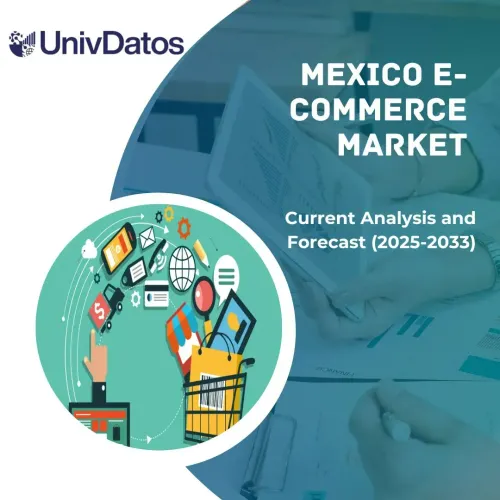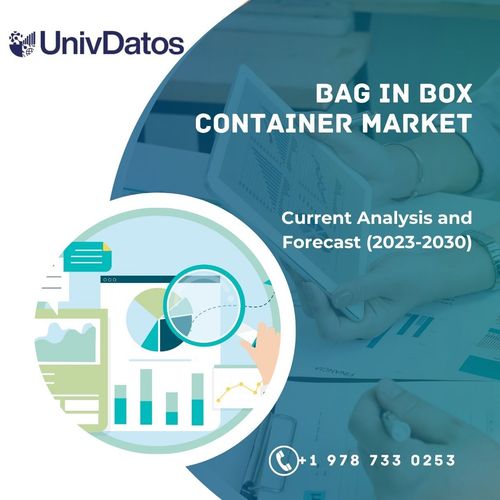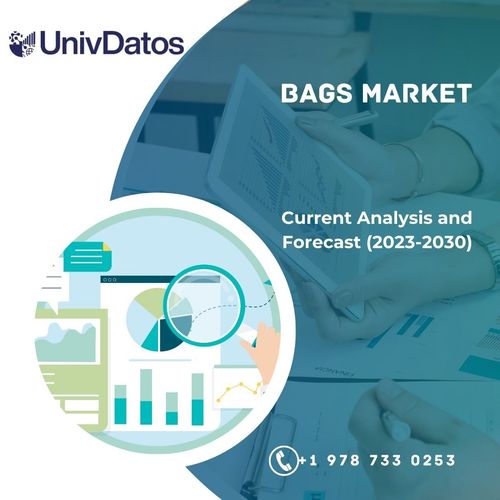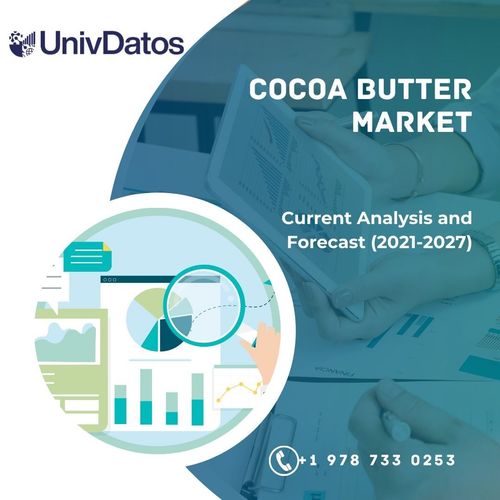- Home
- About Us
- Industry
- Services
- Reading
- Contact Us
Q Commerce Market: Current Analysis and Forecast (2024-2032)
Emphasis on Type (Grocery, Food, and Others); Service (Startup, Aggregator, and Retailer); and Region/Country
Q-Commerce Market Size & Forecast
The Q-Commerce market was valued at approximately USD XX Billion in 2023 and is expected to grow at a robust CAGR of around 16.1% during the forecast period (2024-2032) owing to the increasing consumer demand for convenience, rapid delivery services, and the rise of urbanization and digital infrastructure.
Q-Commerce Market Analysis
The global q-commerce market is anticipated to witness an uptick with the democratization of the internet coupled with growing investment in AI and other advanced technologies that monitor demand and adjust inventory in real time. Quick commerce is closely related to last-mile deliveries, which require a constant supply of stock and optimized picking routes so that products can be picked and packed in the shortest possible time. key market players such as Joker, Getir, and Flink are cropping up at great speed across the globe and help in ensuring the accessibility of essential items and everyday goods to consumer’s doorstep in less than 1 hour of delivery time which is positively influencing the market of quick commerce. Moreover, factors such as soaring urbanization coupled with an upsurge in online purchases during lockdown have escalated the need for q-commerce across the globe. For instance, according to the International Telecommunication Union (ITU), 4.9 billion people are using the internet in 2021, which is 63% of the world’s total population. This is an increase of almost 17% since 2019, with almost 800 million people estimated to have come online during that period.
Q-Commerce Market Trends
This section discusses the key market trends influencing the Q-Commerce segments as identified by our research experts.
Grocery Type Transforming Industry
The grocery segment is gaining extensive traction in the q-commerce market and is expected to witness influential growth in the forecasted period as well. During COVID-19, restrictions on movement imposed by the government across the globe restrained the adoption of essential groceries to the consumer. Consumers extensively adopted the services of q-commerce by discovering the smooth buying of groceries from the comfort of their homes which has extensively escalated the adoption of q-commerce in emerging markets.
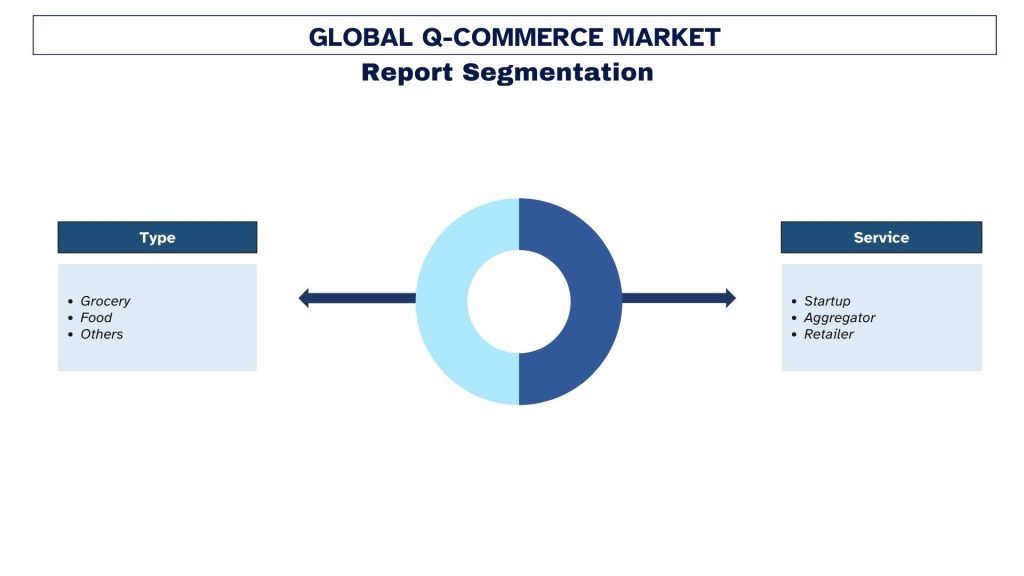
North America Dominated the Market in 2023
North America held a significant share of the global q-commerce market. This is mainly attributed to the supportive government initiatives, acceleration in the grocery and food delivery market, and growing adoption of e-commerce in the region. Moreover, a strong logistics and digital infrastructure is leading to an increase in the number of people purchasing goods online. For instance, almost 96% of Americans have made at least one online purchase in their life. Other factors that are positively influencing the growth of the market are busy lifestyles, rapid urbanization, and a growing aging population.
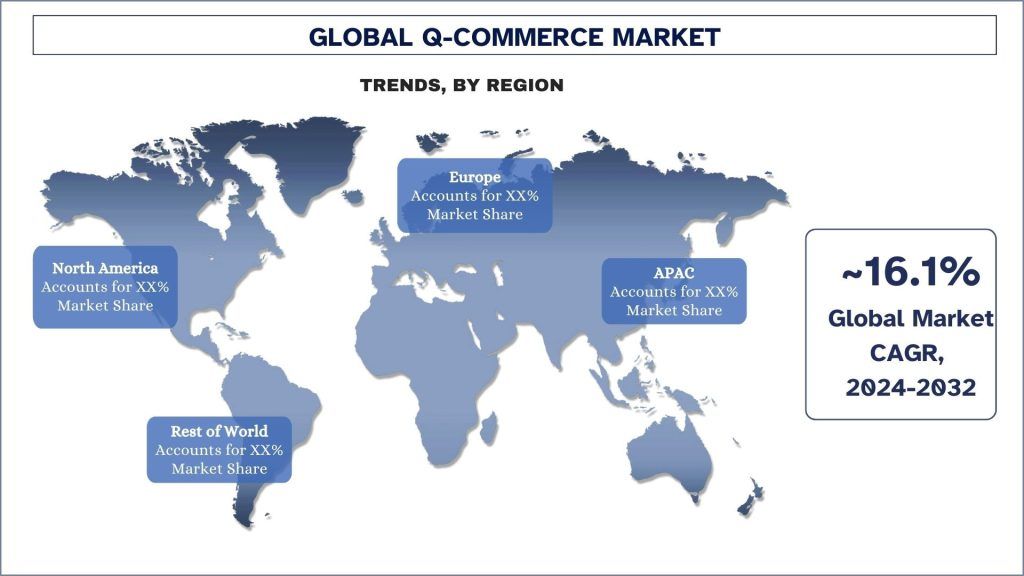
Q-Commerce Industry Overview
Q-Commerce is competitive, with several global and international market players. The key players are adopting different growth strategies to enhance their market presence, such as partnerships, agreements, collaborations, new product launches, geographical expansions, and mergers and acquisitions. Some of the major players operating in the market are GoBrands, Inc, Getir, Flink SE, Uber Technologies Inc, Deliveroo, Instacart, Supermarket Grocery Supplies Pvt Ltd, Tesco.com, Zomato™ Ltd, and Delivery Hero SE.
Q-Commerce Market News
- For instance, in 2024, Walmart-owned Flipkart planned to enter the quick commerce delivery business soon and will launch its services in around 20 cities in the next few months, according to people familiar with the matter. Once the services are rolled out, the e-commerce major will directly compete with the likes of Zepto, Zomato’s Blinkit, and Swiggy’s Instamart.
Q-Commerce Market Report Coverage
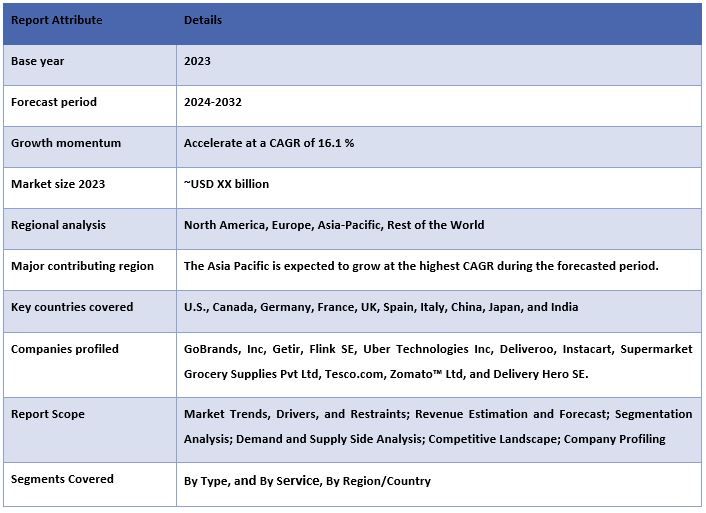
Reasons to buy this report:
- The study includes market sizing and forecasting analysis validated by authenticated key industry experts.
- The report presents a quick review of overall industry performance at one glance.
- The report covers an in-depth analysis of prominent industry peers with a primary focus on key business financials, product portfolios, expansion strategies, and recent developments.
- Detailed examination of drivers, restraints, key trends, and opportunities prevailing in the industry.
- The study comprehensively covers the market across different segments.
- Deep dive regional level analysis of the industry.
Customization Options:
Global Q-Commerce can further be customized as per the requirement or any other market segment. Besides this, UMI understands that you may have your own business needs; hence, feel free to connect with us to get a report that completely suits your requirements.
Table of Content
Research Methodology for the Q-Commerce Market Analysis (2022-2032)
Analyzing the historical market, estimating the current market, and forecasting the future market of the global Q-Commerce market were the three major steps undertaken to create and analyze the adoption of Q-Commerce in major regions globally. Exhaustive secondary research was conducted to collect the historical market numbers and estimate the current market size. Secondly, numerous findings and assumptions were taken into consideration to validate these insights. Moreover, exhaustive primary interviews were also conducted, with industry experts across the value chain of the global Q-Commerce market. Post assumption and validation of market numbers through primary interviews, we employed a top-down/bottom-up approach to forecasting the complete market size. Thereafter, market breakdown and data triangulation methods were adopted to estimate and analyze the market size of segments and sub-segments of the industry. Detailed methodology is explained below:
Analysis of Historical Market Size
Step 1: In-Depth Study of Secondary Sources:
A detailed secondary study was conducted to obtain the historical market size of the Q-Commerce market through company internal sources such as annual reports & financial statements, performance presentations, press releases, etc., and external sources including journals, news & articles, government publications, competitor publications, sector reports, third-party database, and other credible publications.
Step 2: Market Segmentation:
After obtaining the historical market size of Q-Commerce, we conducted a detailed secondary analysis to gather historical market insights and share for different segments & sub-segments for major regions. Major segments are included in the report, such as type, service, and region. Further country-level analyses were conducted to evaluate the overall adoption of testing models in that region.
Step 3: Factor Analysis:
After acquiring the historical market size of different segments and sub-segments, we conducted a detailed factor analysis to estimate the current market size of the Q-Commerce market. Further, we conducted factor analysis using dependent and independent variables such as type, service, and Q-Commerce regions. A thorough analysis was conducted of demand and supply-side scenarios considering top partnerships, mergers and acquisitions, business expansion, and product launches in the Q-Commerce market sector across the globe.
Current Market Size Estimate & Forecast
Current Market Sizing: Based on actionable insights from the above three steps, we arrived at the current market size, key players in the global Q-Commerce market, and market shares of the segments. All the required percentage shares split, and market breakdowns were determined using the above-mentioned secondary approach and were verified through primary interviews.
Estimation & Forecasting: For market estimation and forecast, weights were assigned to different factors including drivers & trends, restraints, and opportunities available for the stakeholders. After analyzing these factors, relevant forecasting techniques i.e., the top-down/bottom-up approach were applied to arrive at the market forecast for 2032 for different segments and sub-segments across the major markets globally. The research methodology adopted to estimate the market size encompasses:
- The industry’s market size, in terms of revenue (USD) and the adoption rate of the Q-Commerce across the major markets domestically
- All percentage shares, splits, and breakdowns of market segments and sub-segments
- Key players in the global Q-Commerce in terms of products offered. Also, the growth strategies adopted by these players to compete in the fast-growing market
Market Size and Share Validation
Primary Research: In-depth interviews were conducted with the Key Opinion Leaders (KOLs), including Top Level Executives (CXO/VPs, Sales Head, Marketing Head, Operational Head, Regional Head, Country Head, etc.) across major regions. Primary research findings were then summarized, and statistical analysis was performed to prove the stated hypothesis. Inputs from primary research were consolidated with secondary findings, hence turning information into actionable insights.
Split of Primary Participants in Different Regions
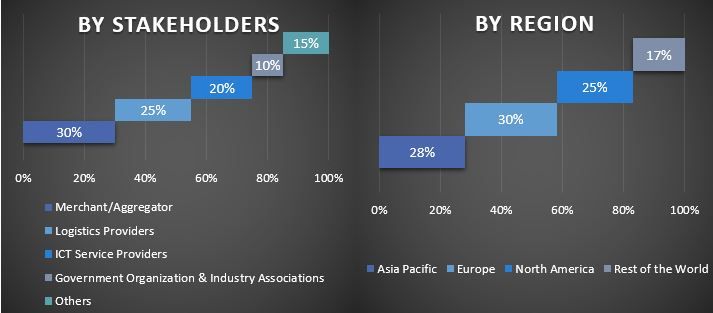
Market Engineering
The data triangulation technique was employed to complete the overall market estimation and to arrive at precise statistical numbers for each segment and sub-segment of the global Q-Commerce. Data was split into several segments and sub-segments after studying various parameters and trends in the type, service, and regions of the global Q-Commerce market.
The main objective of the Global Q-Commerce Market Study
The current & future market trends of the global Q-Commerce were pinpointed in the study. Investors can gain strategic insights to base their discretion for investments on the qualitative and quantitative analysis performed in the study. Current and future market trends determined the overall attractiveness of the market at a regional level, providing a platform for the industrial participant to exploit the untapped market to benefit from a first-mover advantage. Other quantitative goals of the studies include:
- Analyze the current and forecast market size of the Q-Commerce market in terms of value (USD). Also, analyze the current and forecast market size of different segments and sub-segments.
- Segments in the study include areas of type, service, and regions.
- Define and analyze the regulatory framework for the Q-Commerce
- Analyze the value chain involved with the presence of various intermediaries, along with analyzing customer and competitor behaviors of the industry.
- Analyze the current and forecast market size of the Q-Commerce market for the major regions.
- Major countries of regions studied in the report include Asia Pacific, Europe, North America, and the Rest of the World
- Company profiles of the Q-Commerce market and the growth strategies adopted by the market players to sustain in the fast-growing market.
- Deep dive regional level analysis of the industry
Frequently Asked Questions FAQs
Q1: What is the global Q-Commerce current size and growth potential?
Q2: What are the driving factors for the growth of global Q-Commerce?
Q3: Which segment has the largest share of the global Q-Commerce by Type?
Q4: What are the emerging technologies and trends in global Q-Commerce?
Q5: Which region will dominate global Q-Commerce?
Related Reports
Customers who bought this item also bought

